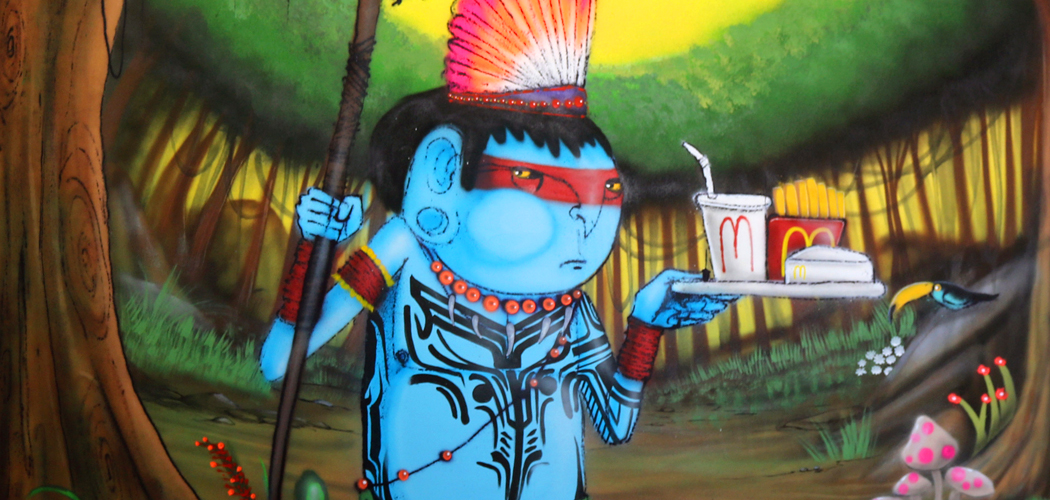
Deep in the rainforest of Bolivia live the Tsimane. The Tsimané, also known as the Chimane, are an indigenous people of lowland Bolivia. They are primarily a subsistence agriculture culture, although hunting and fishing also contribute to the settlements’ food supply. Their claim to fame however is that the Tsimané almost never develop heart disease, and only very rarely do they develop hypertension (high blood pressure), unhealthy cholesterol levels, obesity, or type 2 diabetes. These people literally have some of the healthiest hearts in the world!
Atherosclerosis, or the buildup of plaque of the arteries can be found in almost 85 percent of Americans 45 years or older. In the Tsimane, it’s nearly the exact opposite. About 85 percent of Tsimane over 40 have no atherosclerosis. Nearly two-thirds of Tsimane people over 75 years have no plaque in the arteries. Basically an 80-year-old Tsimane has the heart of the average American in his or her 50’s.
Their diet is now being extensively studied as it may hold the key to their remarkable health. What makes their situation unique is that they have had minimal contact with outside influences and thus their diet has remained unchanged for centuries. Their food tends to come from natural sources, and they purchase very little produce from markets.
As senior study co-author Professor Michael Gurven explains, “Our prior research showed that the Tsimane have the healthiest hearts ever studied, so naturally there’s a lot of interest in understanding why and how.” To get a better understanding they have interviewed and studied the diet of Tsimane extensively. “We conducted a detailed analysis of the Tsimane diet and then compared it to what modern Americans typically eat, and to the diets that claim to be heart healthy,” says Professor Gurven.
In the report that appears in the American Journal of Clinical Nutrition, the researchers show that the Tsimane’s usual diet was high in carbohydrates and protein but low in fat. The diet overall was high-calorie about 2,433–2,738 kilocalories per day (compared to a recommended daily American diet of 2,000 calories). The diet comprised 64 percent carbs, 21 percent protein, and 15 percent fats.
The diet also did not have much variety – most of it consisted of rice and plantain. In fact two-thirds of calories came those complex carbohydrates. Around 16 percent of calories come from fish — of which they eat over 40 different species — and another 6 percent from wild game.
Given their lack of dietary diversity, researchers were surprised that the Tsimane do not have many micronutrient deficiencies. While they overall tend to run low on calcium and vitamins such as D, E, and K, they seem to absorb a lot of potassium, magnesium, and selenium. These nutrients in particular are known to help boost cardiovascular health, and the Tsimane consume them at levels far higher than the typical amount present in North American diets.
Such a diet came to a surprise to me as we’ve all been taught to limit carbohydrates and eat more vegetables and fruits. The success of their diet stems from several reasons: It has no trans fat and it’s very low in sugar. Another key to the Tsimane health likely stems from their activity level. Given that they have to farm and hunt for all their food, their energy expenditure is significantly higher than those in America or Westernized nations. Unsurprisingly, that walk to Dunkin Donuts every morning does not equate to hours spent farming or hunting for your food.
*The views and opinions expressed herein are those of the author and do not necessarily reflect the views of MDLingo.com, its affiliates, or its employees.